Plants and Animals of Mount Ka‘ala
As you walk along the 1/4-mile boardwalk and through the summit forest of Mt. Ka‘ala Reserve, look around. Here is a functioning and dynamic ecosystem of native plants and animals. The photographs and descriptions here will help you identify and appreciate some of the native species protected here.
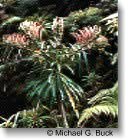 koli‘i
koli‘i
Trematolobelia macrostachys
When the koli‘i blooms, a wheel of magenta flowers offers nectar to the forest birds of Ka‘ala. One of the celebrated Hawaiian lobeliads, the koli‘i belongs to a large and closely-related group of plants that have diversified to take advantage of Hawai‘i’s diverse habitats.
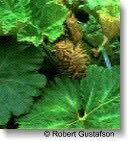 ‘ape‘ape
‘ape‘ape
Gunnera petaloidea
Wet cliffs are favored habitat of the giant ‘ape‘ape plant. Its huge round leaves are a conspicuous sight in the steep gulches and cliffs surrounding Ka‘ala. The leaves harbor an unusual partner: blue-green algae that live harmlessly within the tissues of the ‘ape‘ape.
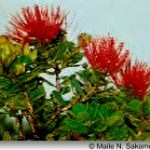 ‘ohi‘a lehua
‘ohi‘a lehua
Metrosideros polymorpha
Clinging to the steep, wind-swept ridges, or standing festooned with dripping mosses on cloudy summits, the ‘ohi‘a lehua tree dominates the wet, windward slopes of the main Hawaiian islands. It is such a variable species – in bogs a tiny shrub, elsewhere a huge tree – that it can confuse the amateur botanist. Its blossoms are always bright bundles of delicate stamens, usually red; but in keeping with its variable nature, there are also orange, salmon, and yellow varieties. The nectar of ‘ohi‘a lehua blossoms is the major source of food for the Hawaiian honeycreepers (native nectar-feeding birds) such as the red ‘apapane.
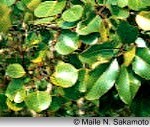 ‘olapa
‘olapa
Cheirodendron trigynum
Moving in the gentlest breeze, the leaves of the lapalapa, and its long-fingered relative the ‘olapa, dance in the sunlight when the clouds part over Ka‘ala. Perhaps this graceful movement is why ‘olapa is also the Hawaiian word for hula dancer. The lapalapa tree is a prominent part of the cloud forest on the plateau of Ka‘ala, sharing the canopy with ‘ohi‘a lehua and other native trees.
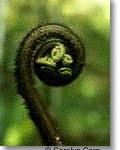 hapu‘u
hapu‘u
Cibotium sp.
Hapu‘u tree ferns thrive only in areas perpetually moistened by rain or clouds. Slow to attain full growth, some of the hapu‘u along the boardwalk trail may be fifty years or more in age. Spread by spores, the hapu‘u is one of the most common of Hawaiian wet forest plants, known from all of the main islands.
 kanawao
kanawao
Broussaisia arguta
When the kanawao blooms, the large bundle of flowers is hard to miss. This Hawaiian relative of the garden hydrangea has large sculptured leaves, and its plump red berries are a favorite of the native birds. The kanawao is a widespread species, occurring in Hawaiian wet forests on all the main islands, but they do best in areas free of herbivorous mammals such as pigs and goats.
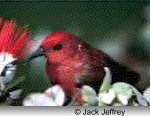 ‘apapane
‘apapane
Himatione sanguinea
One of the most common native forest birds, the ‘apapane matches the color of the red lehua blossoms that are its main food source. Found wherever forests of ‘ohi‘a lehua endure, the ‘apapane illustrates the pattern of island evolution. Its incredibly varied calls and songs differ on each island, as isolated populations of ‘apapane develop distinct dialects.
 pinao
pinao
Anax strenuus var. kaenana
The strong-flying pinao is one of our largest native insects – and the largest dragonfly species in the United States. Its body’s lustrous blue and green markings complement the exquisite lace of its clear wings. The pinao may seem graceful and delicate in flight, but it is a fierce predator of flying insects in Hawaiian wet forests. Although the adults are wider-ranging, their young are restricted to Hawaiian streams; aquatic nymphs that live in deep, clear pools.
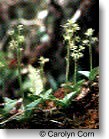 awapuhi a Kanaloa
awapuhi a Kanaloa
Liparis hawaiensis
When people think of Hawaiian orchids, they might picture large, brilliantly colored blossoms hanging conspicuously from the trees. In reality, native Hawaiian orchids are often small, delicate, hidden in the undergrowth, and subtly colored. The awapuhi a Kanaloa (“the ginger of the seagod Kanaloa”) is a good example: simple curving leaves arise from an underground bulb, while a stalk topped with petite, pale green flowers rewards the persistent searcher who finds this uncommon Hawaiian orchid during the proper season.
More Rare Plants of Mount Ka‘ala NAR
*Images provided by the Hawaiian Native Plant website through the Department of Botany, University of Hawai‘i.
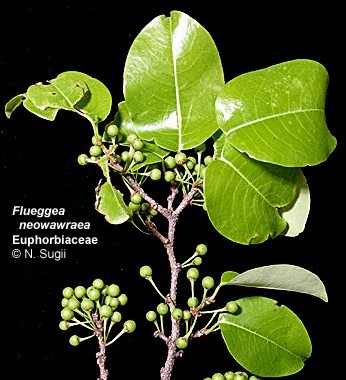
Mehamehame (Flueggea neowawraea)
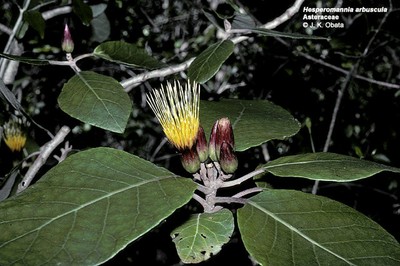
Hesperomannia arbuscula (No Common Name)
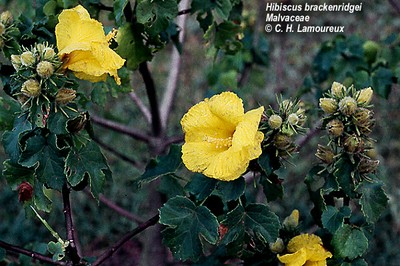
Ma‘o hau hele (Hibiscus brackenridgei)
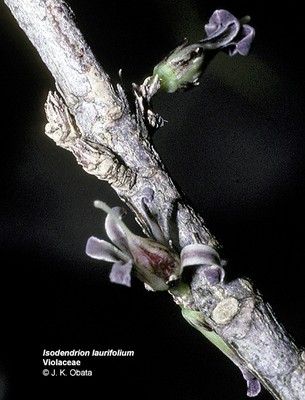
Aupaka (Isodendrion laurifolium)
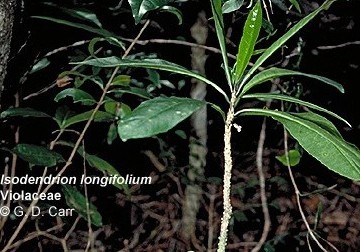
Aupaka (Isodendrion longifolium)
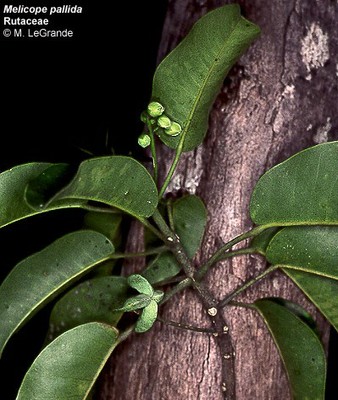
Alani (Melicope pallida)
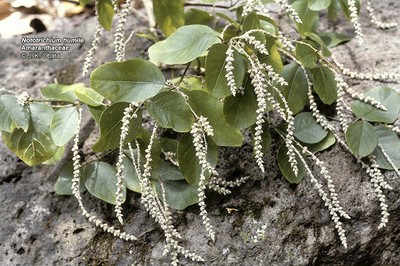
Kulu‘i (Nototrichium humile)
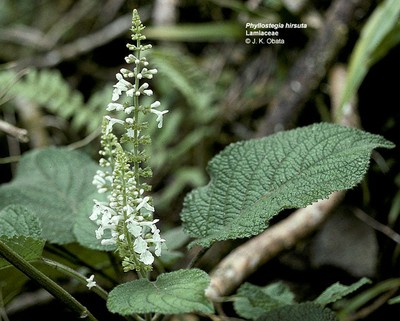
Phyllostegia hirsuta (No common name)
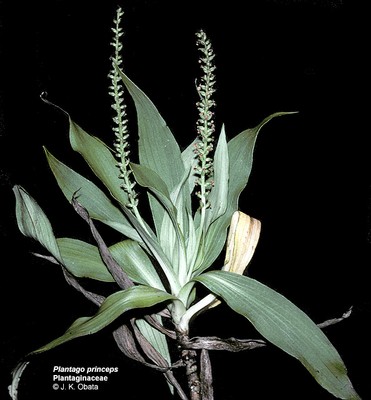
Kuahiwi laukahi (Plantago princeps)
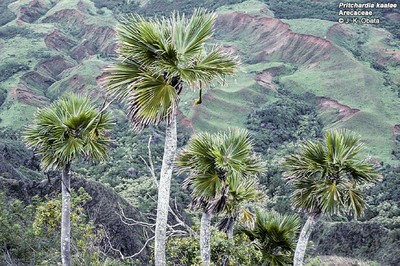
Loulu (Pritchardia kaalae)
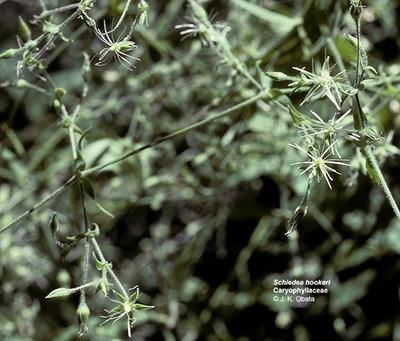
Schiedea hookeri (No common name)
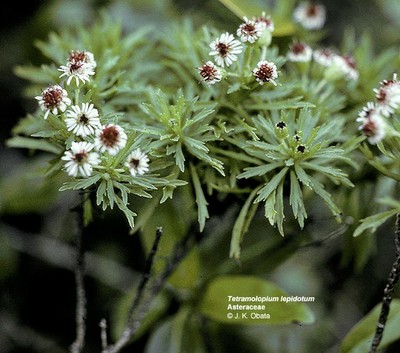
Tetramolopium lepidotum ssp. lepidotum (No common name)
Diellia falcata (No common name) – No Image Available
Nehe (Lipochaeta tenuifolia) – No Image Available
Lysimachia lydgatei (No common name) – No Image Available
Lysimachia maxima (No common name) – No Image Available
Neraudia angulata (No common name) – No Image Available
Phyllostegia kaalaensis (No common name) – No Image Available